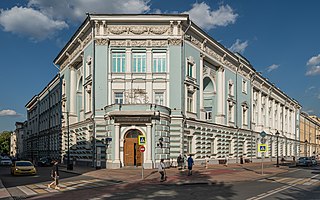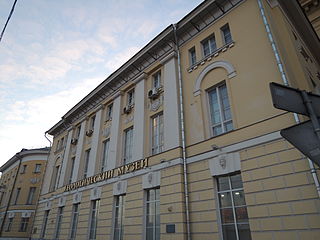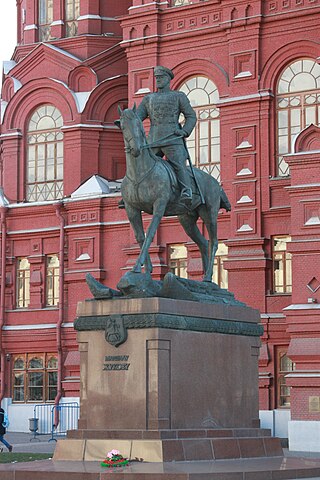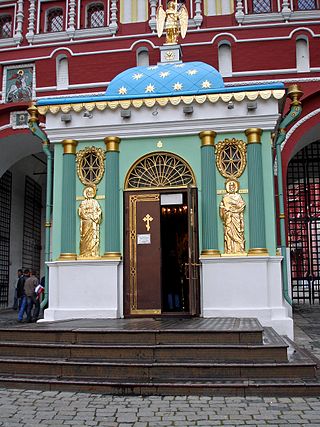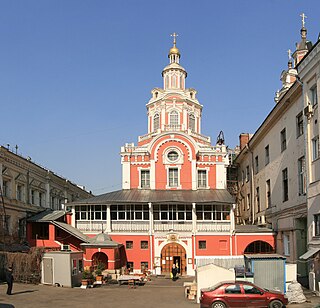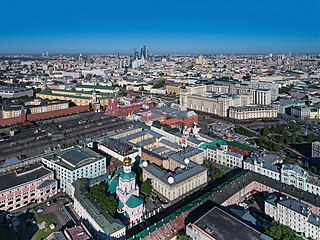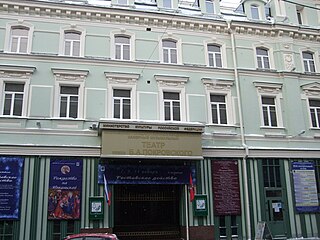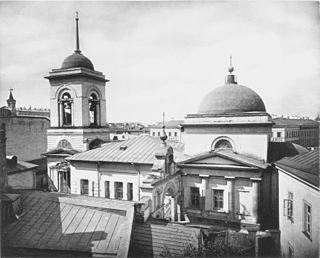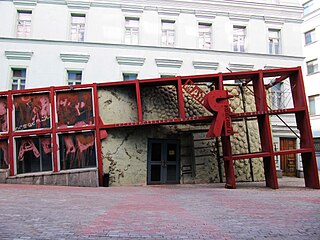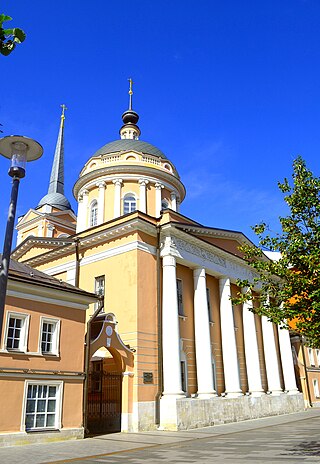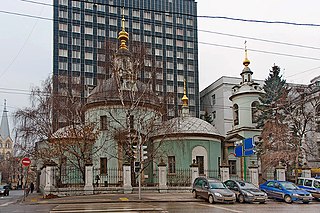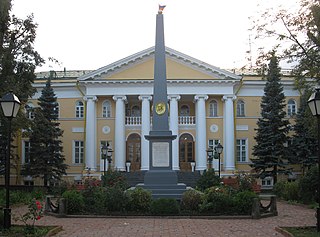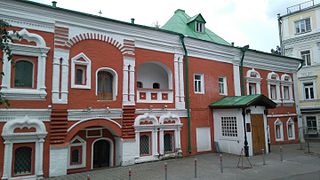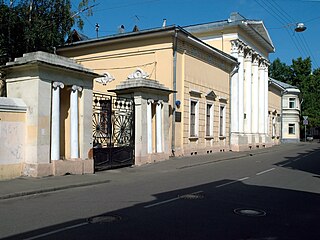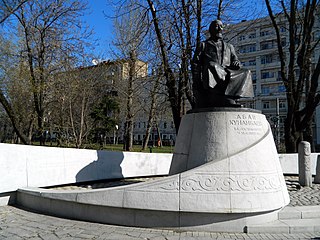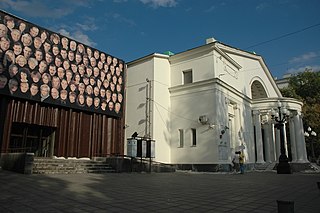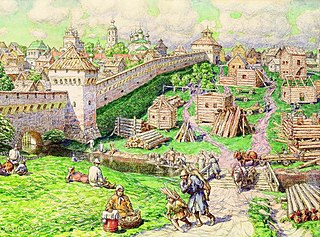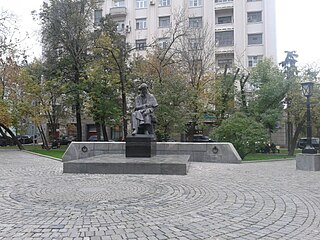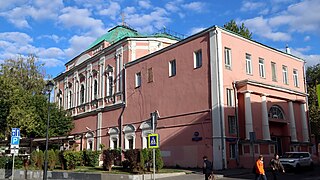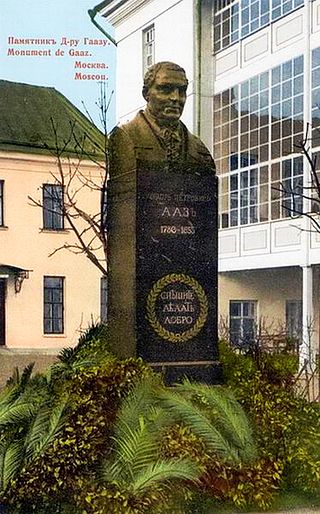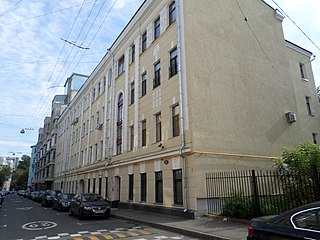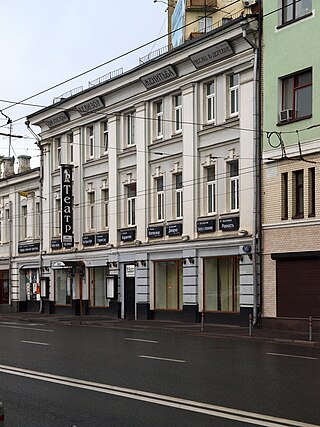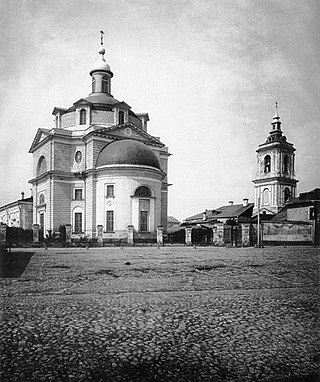Self-guided Sightseeing Tour #9 in Moscow, Russia
Legend
Guided Free Walking Tours
Book free guided walking tours in Moscow.
Guided Sightseeing Tours
Book guided sightseeing tours and activities in Moscow.
Tour Facts
9.3 km
164 m
Experience Moscow in Russia in a whole new way with our free self-guided sightseeing tour. This site not only offers you practical information and insider tips, but also a rich variety of activities and sights you shouldn't miss. Whether you love art and culture, want to explore historical sites or simply want to experience the vibrant atmosphere of a lively city - you'll find everything you need for your personal adventure here.
Activities in MoscowIndividual Sights in MoscowSight 1: Zoological Museum of Moscow University
The Zoological Museum of Moscow University is the second largest zoological museum in Russia and one of the twelve largest in the world.
Wikipedia: Zoological Museum of Moscow University (EN), Website
Sight 2: Государственный геологический музей им. В. И. Вернадского
The Vernadsky State Geological Museum is the geological museum in Moscow. Mineralogical collection was founded in 1755 and is now an earth sciences and educational centre of the Russian Academy of Sciences.
Sight 3: Alexander Ivanovich Herzen
Monuments to Herzen and Ogaryov on Mokhovaya Street were installed in Moscow on Mokhovaya Street in front of the old building of Moscow State University and form a single ensemble. They were opened in 1922. The authors of the monuments are the sculptor Nikolay Andreyev and the architect V. D. Kokorin.
Wikipedia: Monuments to Herzen and Ogaryov on Mokhovaya Street (EN)
Sight 4: Moscow Archaeology Museum
The Museum of Archaeology of Moscow is a museum dedicated to archaeological excavations in Moscow. The opening took place in 1997, but due to the poor technical condition of the building, a large-scale reconstruction was carried out in 2011, which lasted until 2015. As of 2018, the exposition consists of more than two thousand exhibits and includes items from the Paleolithic era to the Modern Age, found during archaeological expeditions in Moscow and the Moscow region. The museum is part of the Museum Association "Museum of Moscow".
Sight 5: Georgy Zhukov
The monument to Mr. Zhükov is a sculptural monument to the Soviet commander Georgy Zhukov in Moscow. It was installed on May 8, 1995 on Manezhnaya Square in front of the Historical Museum. It was made by sculptor Vyacheslav Klykov together with architect Yuri Grigoriev in the spirit of socialist realism.
Sight 6: Часовня Иверской иконы Божией Матери
The Iveron Chapel is a chapel with a copy of the Iveron Icon of the Mother of God at the Resurrection Gate in Moscow, leading to Red Square.
Sight 7: Kilometre zero
In many countries, kilometre zero or similar terms in other languages denote a particular location from which distances are traditionally measured and some use this as their official country location or coordinates for faster search at space satellites, this is also used for measuring distances between different countries around the world. Historically, they were markers where drivers could set their odometers to follow the directions in early roaming guide books.
Sight 8: Museum of the Patriotic War of 1812
The Museum of the Patriotic War of 1812 is a museum in Moscow dedicated to the events of the Patriotic War of 1812. It is located in a specially built pavilion in the courtyard of the former City Duma building. It is a branch of the State Historical Museum. The opening took place in 2012 - to the 200th anniversary of the war with France. As of 2018, the exposition includes more than 2000 items: medals and orders, authentic weapons, archival documents and works of art.
Wikipedia: Музей Отечественной войны 1812 года (RU), Website
Sight 9: Собор Спаса Нерукотворного Образа в Заиконоспасском монастыре
The Spassky Cathedral of the Zaikonospassky Monastery is an Orthodox church in Kitai-Gorod in Moscow, the cathedral of the Zaikonospassky Stavropegic Monastery.
Sight 10: Monastery of the Epiphany
The Epiphany Monastery is the oldest male monastery in Moscow, situated in the Kitai gorod, just one block away from the Moscow Kremlin.
Sight 11: Большой театр. Камерная сцена им. Б. А. Покровского
The Moscow State Academic Chamber Musical Theatre is a Moscow theatre and opera house. The theatre was founded in 1971 and carries the name of its founder Boris Alexandrovich Pokrovsky. The theatre troupe resident at the theatre is also known as the "Pokrovsky Opera".
Sight 12: Фундамент Церкви Троицы Живоначальной в Полях
The Church of the Life-Giving Trinity in Polya was an Orthodox church located in Moscow, in the Kitay-Gorod district, at 6 Nikolsky Tupik.
Sight 13: Ivan Fyodorov
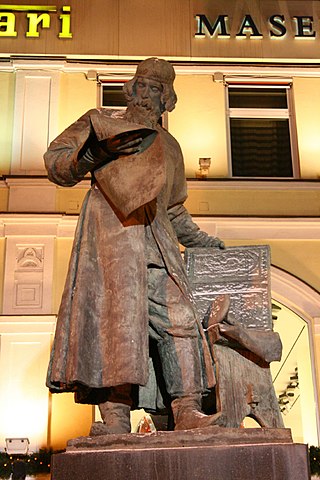
The Memorial to the First Poet Ivan Fyodorov is a Moscow sculptural monument to the creator of the first Russian dated printed book, Ivan Fyodorov. It was opened in 1909 in front of the Kitay-Gorod Wall, next to Tretyakov Passage. It was made by sculptor Sergey Volnukhin according to the project of architect Ivan Mashkov. The monument has been moved several times, since the 1990s it has been located near house No 2 on Teatralny Proyezd. The monument has been given the status of an object of cultural heritage of Russia.
Wikipedia: Памятник первопечатнику Ивану Фёдорову (Москва) (RU)
Sight 14: Москонцерт на Пушечной
Mosconcert is the oldest cultural organization in Moscow. Its full name is "Mosconcert, state budgetary institution of culture of Moscow"
Sight 15: В. В. Маяковскому
Vladimir Vladimirovich Mayakovsky was a Russian poet, playwright, artist, and actor. During his early, pre-Revolution period leading into 1917, Mayakovsky became renowned as a prominent figure of the Russian Futurist movement. He co-signed the Futurist manifesto, A Slap in the Face of Public Taste (1913), and wrote such poems as "A Cloud in Trousers" (1915) and "Backbone Flute" (1916). Mayakovsky produced a large and diverse body of work during the course of his career: he wrote poems, wrote and directed plays, appeared in films, edited the art journal LEF, and produced agitprop posters in support of the Communist Party during the Russian Civil War of 1917–1922.
Sight 16: Museum of Vladimir Mayakovsky
The State Museum of Vladimir Mayakovsky is a museum-apartment of the poet Vladimir Mayakovsky, founded in 1937 on the initiative of Lilya Brik as a library-museum. Initially, it was located in Hendrikov Lane, where the poet lived with Lilya and Osip Brik from 1926 to 1930. On the afternoon of April 14, 1930, Mayakovsky committed suicide. In 1972, the museum was moved to a former communal apartment at number 12 on the 3rd floor in Lubyansky Passage, where it was completely rebuilt. In 1989, according to the project of museologist Taras Polyakov, the exposition was modernized in the constructivist style, a four-story exhibition space was created according to the project of architect A. V. Bokov, dedicated not only to the memory of the poet, but also to the Russian avant-garde.
Wikipedia: Государственный музей В. В. Маяковского (RU), Website
Sight 17: Solovetsky Stone
The Solovetsky Stone is a memorial stone dedicated to the memory of the victims of political repression in the USSR, originating from the territory of the former Solovetsky camp, which is considered a symbol of the Gulag and Soviet repressions in general.
Sight 18: Храм Апостола Иоанна Богослова под Вязом
The Church of St. Apostol John the Theoloslav near Vyaz is an Orthodox church in the Tverskoy district of Moscow, at the Russian Orthodox University. He belongs to the Iveron Deanery of the Moscow Diocese of the Russian Orthodox Church.
Sight 19: Cosmas and Damian
The Church of the Unmercenaries Cosmas and Damian of Assiy on Maroseyka is a parish Orthodox church in the Basmanny district of Moscow. It is part of the Epiphany Deanery of the Moscow Diocese of the Russian Orthodox Church.
Sight 20: Остатки фундамента храма Николая Чудотворца в Столпах
The Church of St. Nicholas the Wonderworker in Stolpakh is a lost Orthodox church in the White City of Moscow, which stood at the corner of Maly Zlatoustinsky Lane and Armyansky Lane. The church was built in 1669 by the apprentice stonemason Ivan Kosmin.
Sight 21: Lazarevs Obelisk
The obelisk monument to the Lazarev family is one of the first monuments in Moscow that has survived to this day. It was installed on December 12, 1822 in the courtyard of the Armenian School, founded and existed on the money of the Lazarev patrons. The school later went down in history as the Lazarev Institute of Oriental Languages, in the Soviet years it was closed. As of 2017, the Embassy of Armenia in Russia is located in the building of the institute, and the obelisk, which was moved to the main entrance before the revolution, stands in front of the building behind a solid cast-iron fence, there is no direct access to it. Originating as a sculpture in the courtyard of a private property, the obelisk changed its status during its existence, was moved to a public space and was not destroyed during the Soviet era.
Sight 22: Огни Москвы

"Lights of Moscow" is a Moscow museum dedicated to the history of lighting fixtures. The museum was opened in 1980 in Armyansky Lane in the building of the Protopopov (Miloslavsky) chambers of the XVII century.
Sight 23: Палаты Сверчковых
The Sverchkov Chambers are a monument of pre-Petrine secular architecture in Moscow.
Sight 24: Главный дом усадьбы Головиных
The Golovin City Estate is an estate in Moscow at 8/12 Potapovsky Lane, building 5. An object of cultural heritage of federal significance.
Sight 25: Abay Kunanbaev
A monument to Abai Kunanbayev was erected in Moscow on Chistoprudny Boulevard near the Embassy of Kazakhstan.
Sight 26: Современник
Moscow Sovremennik Theatre is a theatre company in Moscow founded in 1956. "Sovremennik" means "Contemporary".
Sight 27: Fragment of White City’s wall
Belogorodskaya, or Belgorod, wall - a bleached brick fortress wall surrounding the Moscow White City from the end of the XVI to the end of the 18th century. Presumably from the color of the wall, whitened by lime, and this part of the city was called the name. Under Catherine II, the dilapidated wall was demolished and a boulevard ring was laid in its place. The wall was an external only one year [clarify].
Sight 28: Nikolay Chernyshevsky
The monument to Nikolai Gavrilovich Chernyshevsky was erected in 1988 in Moscow in the square near Pokrovsky Vorota Square. The authors of the monument are the sculptor Y. G. Neroda and the architect V. A. Peterburzhtsev. It is included in the list of identified urban monuments subject to registration and protection and in need of priority maintenance in an exposition form.
Sight 29: Храм Воскресения Словущего в Барашах
The Church of the Resurrection in Barashi is an Orthodox church in the center of Moscow.
Wikipedia: Храм Воскресения Словущего в Барашах (RU), Website
Sight 30: Ф. П. Гаазу
The Monument to Dr. Haaz is a bust of Dr. Fyodor Haass, installed in Moscow in Maly Kazenny Lane in the courtyard of the Research Institute of Hygiene and Health Protection of Children and Adolescents. Made by sculptor Nikolai Andreev. The opening took place in 1909.
Sight 31: Музей-квартира А.М. Васнецова
The Apollinary Vasnetsov Memorial Museum is a museum in memory of the artist Apollinary Vasnetsov in Moscow. It is located in the house on Furmanny Lane, where the painter lived from 1903 to 1933. The first memorial rooms were opened to visitors in 1965, and in 1986 the museum became part of the Tretyakov Gallery.
Wikipedia: Мемориальный музей-квартира А. М. Васнецова (RU), Website
Sight 32: Na Pokrovke
“The Muscovite Sovereign“ Theater on the cover ”is the Russian State Drama Theater, opened in September 1991 in the building on Pokrovka Street in Moscow.
Sight 33: Колокольня церкви Усекновения Главы Иоанна Предтечи
The Church of the Beheading of John the Baptist in Kazennaya Sloboda is a church of the Epiphany Deanery of the Moscow City Diocese of the Russian Orthodox Church.
Wikipedia: Храм Усекновения Главы Иоанна Предтечи в Казённой слободе (RU)
Share
How likely are you to recommend us?
Disclaimer Please be aware of your surroundings and do not enter private property. We are not liable for any damages that occur during the tours.
GPX-Download For navigation apps and GPS devices you can download the tour as a GPX file.
